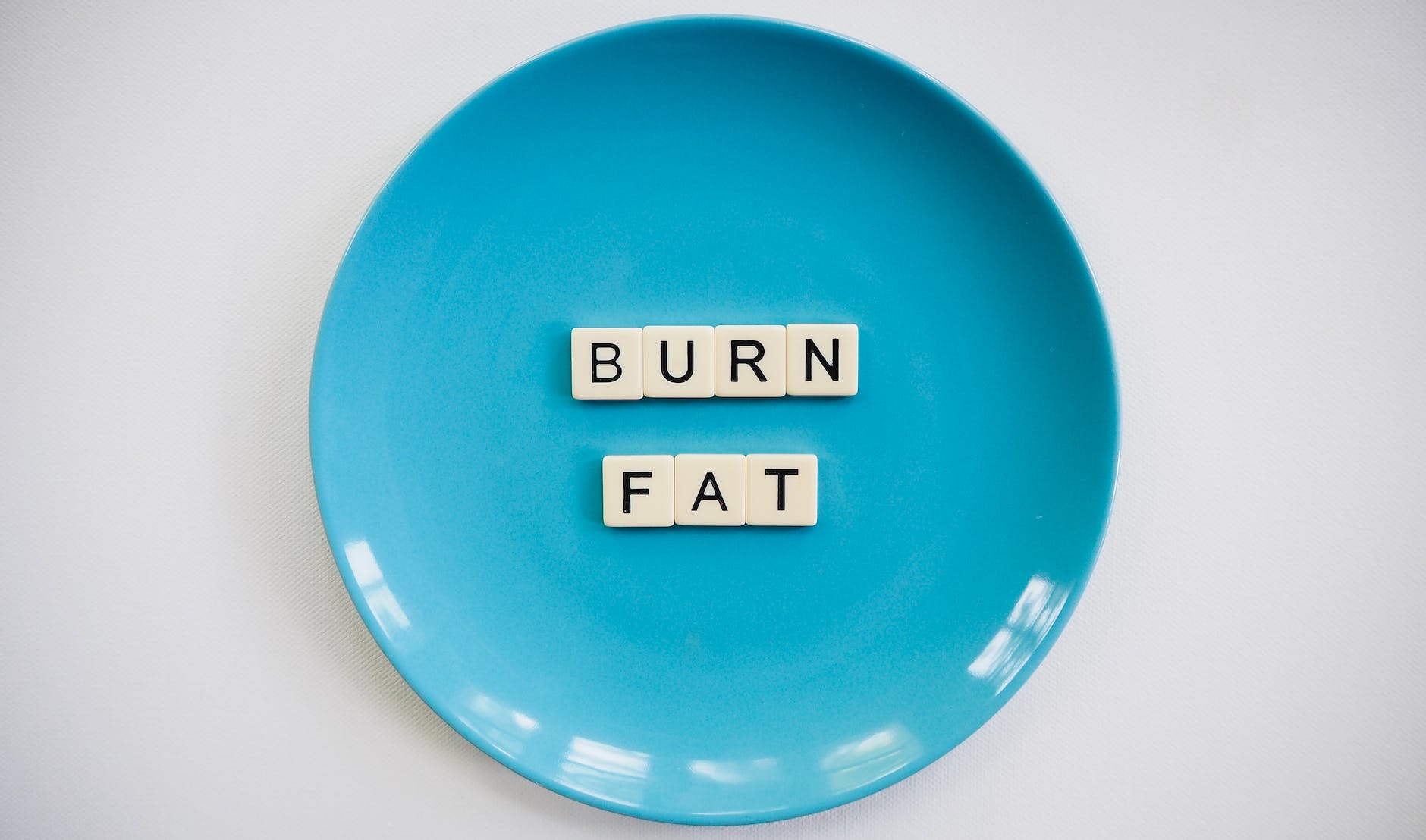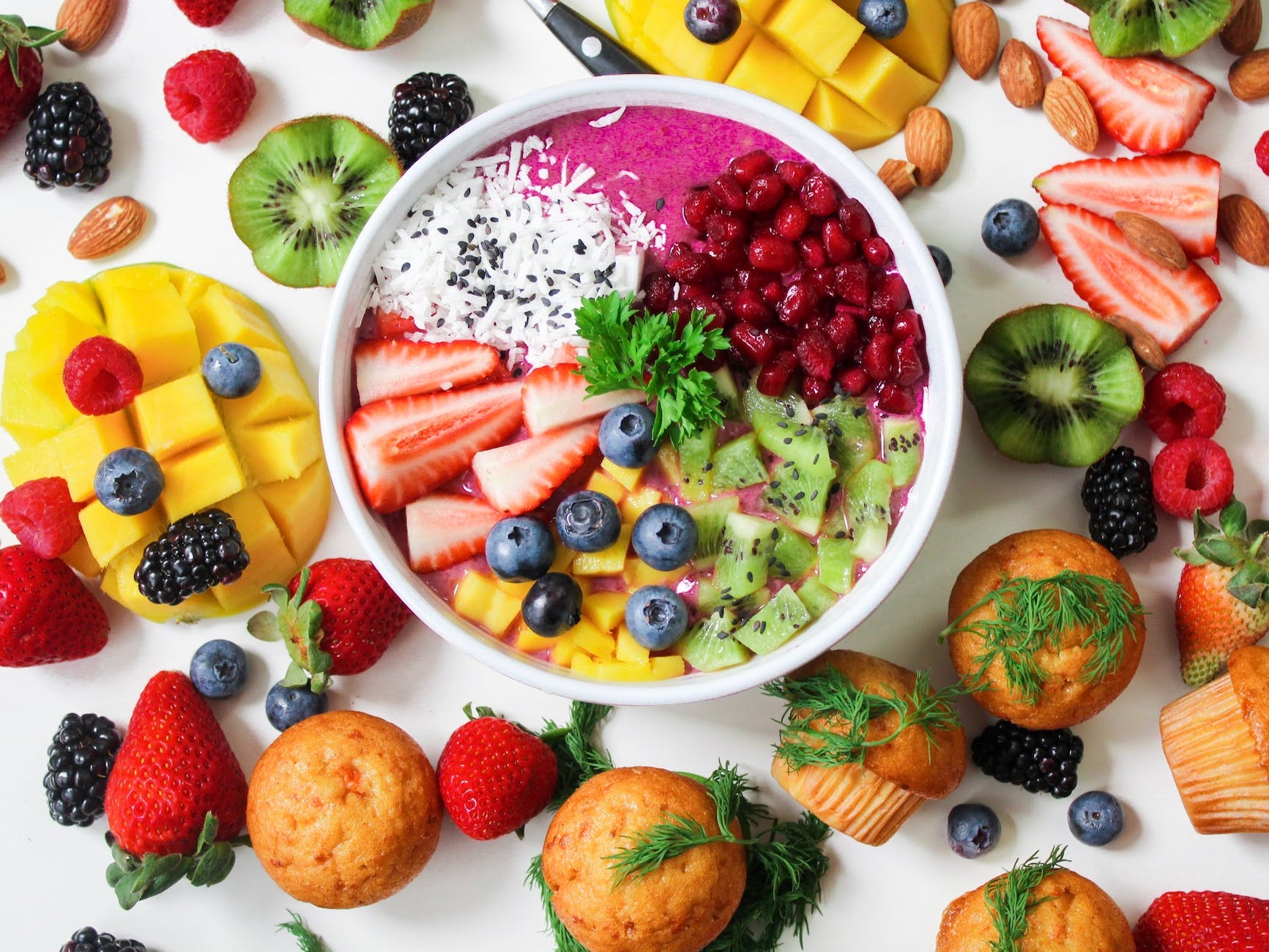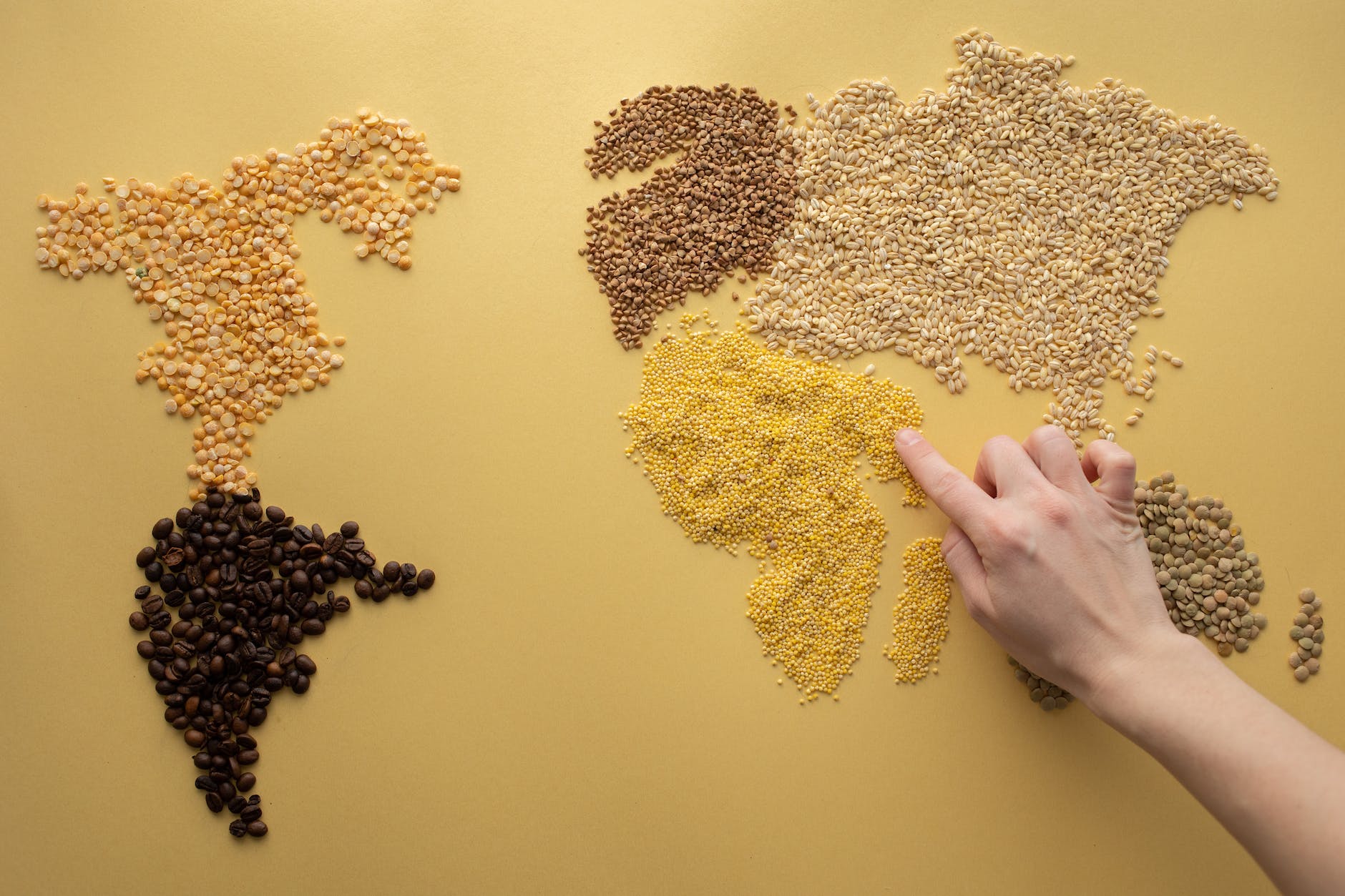
In our quest to achieve our ideal weight, we often overlook the wisdom hidden in traditional cuisines around the world. These cultures have thrived on specific foods for centuries and have maintained their health and well-being even without the modern understanding of nutrition. Let’s explore some of these traditional foods reputed for their weight loss properties, regardless of whether they have been scientifically proven or not.
- Japan – Konjac or Shirataki Noodles: Known as ‘miracle noodles,’ they are made from the root of the Konjac plant, which is rich in a type of fiber called glucomannan. This fiber can keep you feeling full, thus reducing your overall calorie intake.
- Mexico – Nopal (Cactus): Nopal, commonly found in Mexican cuisine, is rich in fiber and has been traditionally used for its weight-loss-aiding properties. It’s thought to promote feelings of fullness and stabilize blood sugar levels.
- India – Turmeric: This golden spice is renowned for its numerous health benefits, including potential weight loss properties. Curcumin, the active ingredient in turmeric, is believed to prevent fat accumulation and improve insulin sensitivity.
- Mediterranean – Olive Oil: Olive oil, a staple in the Mediterranean diet, is rich in monounsaturated fats, which are considered healthy fats. It is believed to aid in weight loss by promoting feelings of fullness and reducing the urge to overeat.
- Ethiopia – Teff: Teff, a gluten-free grain native to Ethiopia, is rich in protein, fiber, and a host of essential nutrients. Its high fiber content can keep you satiated for longer, aiding in weight management.
- China – Green Tea: Known for its antioxidant properties, green tea is a popular drink in China. It contains catechins and caffeine, both of which are believed to aid in weight loss by boosting metabolism.
- Brazil – Acai Berries: These berries are popular for their antioxidant properties. They are high in fiber and may help in weight management by promoting feelings of fullness.
- Russia – Kefir: This fermented milk drink is rich in probiotics, which are beneficial for gut health. A healthy gut can improve digestion and potentially aid in weight management.
- Korea – Kimchi: This fermented cabbage dish is not only a flavor powerhouse but also rich in probiotics. Regular consumption of kimchi might help in maintaining a healthy gut, which could indirectly assist in weight management.
- Greece – Greek Yogurt: Greek yogurt is high in protein and low in sugar, making it a great choice for those looking to shed some pounds. The protein content can help keep you full and satisfied, reducing overall calorie intake.
In the next part of this series, we’ll dive deeper into the culinary practices and the traditional use of these foods in their respective cultures, as well as the current scientific understanding of their weight-loss potential. Stay tuned!













